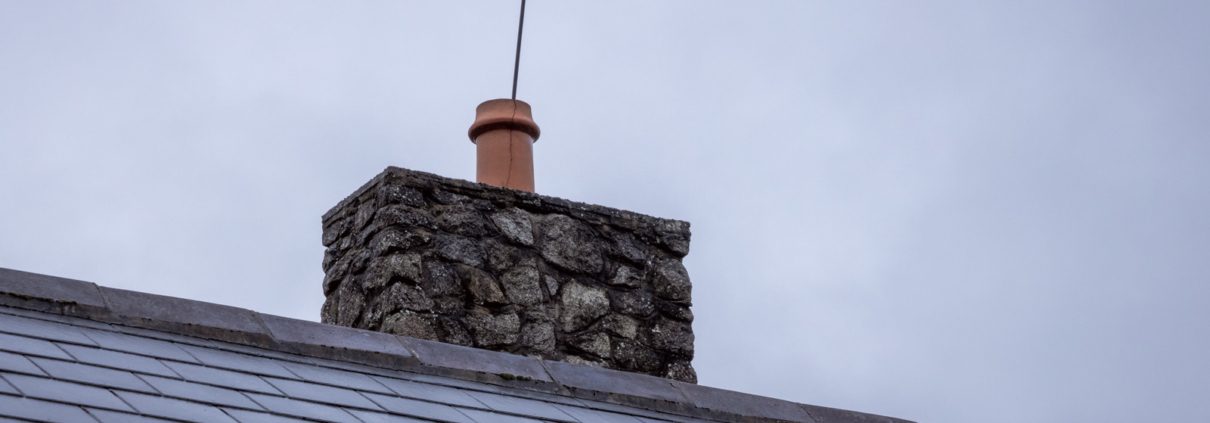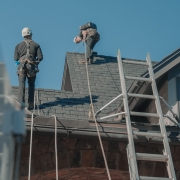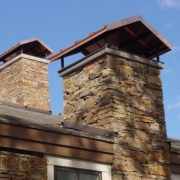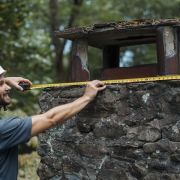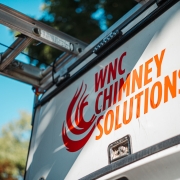The Lifespan of a Chimney Liner and What Shortens It
A chimney liner doesn’t look like much, but it does a heavy job. It carries out smoke, shields your home, and keeps your system running right. Still, it doesn’t last forever. Over time, cracks form, heat wears it down, and weather does its part too. Not knowing when it’s failing can cost big.
So, what is the lifespan of a chimney liner? And what shortens it? This article breaks down what chimney liners are, how long they last, what wears them out, and why it’s smart to keep an eye on them. Let’s break it down simply so nothing slips through the cracks.
What Are Chimney Liners?
Chimney liners are pipes or layers inside your chimney that help carry out smoke and gases. They keep heat from hitting parts of your house that could catch fire. Without a liner, your chimney would be dangerous and might not work well.
A liner fits inside the flue, which is the tunnel smoke travels when your fireplace is running. It sounds simple, but it’s a big deal when it comes to your safety.
Some liners are clay. Some are metal. Others are poured in like cement. The type depends on your home and fireplace. Each type works to do the same thing, they move heat and smoke out safely while keeping things sealed inside.
Purpose of a Chimney Liner
A chimney liner keeps fire in its place. It protects the walls of your chimney and helps smoke and gases get out. If you’re burning wood or gas, bad stuff like carbon monoxide can come with the smoke. A liner helps make sure that junk doesn’t sneak back inside.
It also keeps the fire’s heat from touching your home’s walls and wood. Liners also make your fireplace work better. Without them, the fire burns rough, and the draft pulls wrong. With a liner, your fire burns steady, the chimney stays clean, and the heat flows the way it should.
Chimney Liners That Pass Inspection
Over time, even good liners break down. Weather, heat, and age chip away at their strength. That’s why chimney inspectors check liners closely. They look for cracks, holes, and signs of wear that could spell trouble later. If the liner has damage, the chimney can’t pass inspection.
Some liners hold up well for decades. Others don’t. Let’s talk about how long they should last and what signs mean they might be near the end.
Average Lifespan of Chimney Liners
Chimney liner lifespan depends on the type. Clay liners can last 30 to 50 years, if cared for. Metal liners, especially stainless steel, can last 15 to 25 years, but cheaper metal wears out faster. Cast-in-place liners, which are made with cement-like material, may last up to 50 years or more.
Bad upkeep, rough weather, or sloppy installs can shorten that. Burning trash or wet wood also wears out the liner faster. Regular cleaning and checks help liners live a long life.
Types of Chimney Liners & Average Lifespan
Every chimney liner type brings its own benefits and drawbacks. The kind in your chimney could affect how well your fireplace runs and how long it lasts. Before diving into which type lasts longest, let’s look at how they work and what to expect from each.
Clay Tile Liners
These are often found in older homes. Clay tiles are cheap, easy to find, and handle heat well. They usually last around 30–50 years. But here’s the catch: they can crack if the fire gets too hot or if there’s a sudden change in temperature.
If a clay liner cracks, it can cause smoke leaks. Even worse, fire can escape into your walls. If the chimney isn’t cleaned, creosote can build up and add to the damage.
Metal Liners
Stainless steel liners are popular. They’re used when an old chimney needs fixing or when someone adds a new furnace or wood stove. These last around 15–25 years. With good care and quality materials, some go longer.
Metal liners can rust, especially if moisture sneaks in. Burning wet wood or skipping cleanings shortens their life. But they’re easier to install and replace than clay or cast liners.
Cast-in-Place Liners
This type is poured in like a thick mix that hardens to fit the chimney. It’s strong and seals cracks in old chimneys. With proper care, cast-in-place liners can go 50 years or more.
They insulate well and help chimneys work better. But they can be expensive. And if they’re done wrong, they can crack just like anything else.
Schedule an Appointment Now
Ignoring your chimney liner can bring danger. Cracks, rust, and smoke leaks all pose serious risks. Getting an expert to check things out regularly is the best way to stay safe and avoid bigger problems.
A chimney tech can spot the damage before it gets worse. They’ll inspect the liner with a camera, test airflow, and look for leaks or damage. If needed, they’ll recommend repair or replacement options that suit your setup and your wallet.
If you smell smoke when there’s no fire or notice black dust near the fireplace, don’t wait. Your liner could already be breaking down. It’s smart to act before small damage becomes costly or even dangerous.
Conclusion
A chimney liner may not be the first thing on your mind, but it plays a major role in keeping your home safe. From handling high heat to blocking toxic gases, it’s the guardrail for your fireplace. But like anything, it wears down.
Clay cracks, metal rusts, and even concrete breaks under the wrong conditions. Knowing the signs and acting early can spare you a dangerous mess and a big repair bill.
Don’t wait for smoke signals. A quick check today could save your home tomorrow. If you need help with inspection or repairs, then contact WNC Chimney now.

